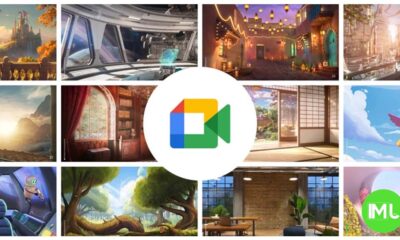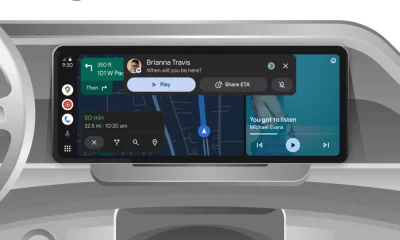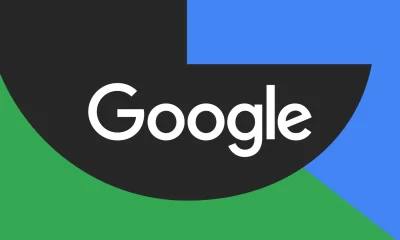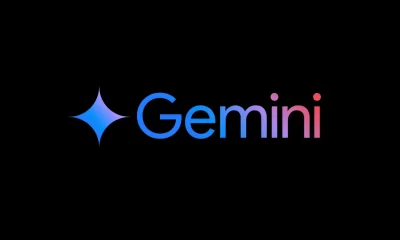Google introduces new 3-in-1 charging dock for Pixel devices and unveils Home favorites widget for Android
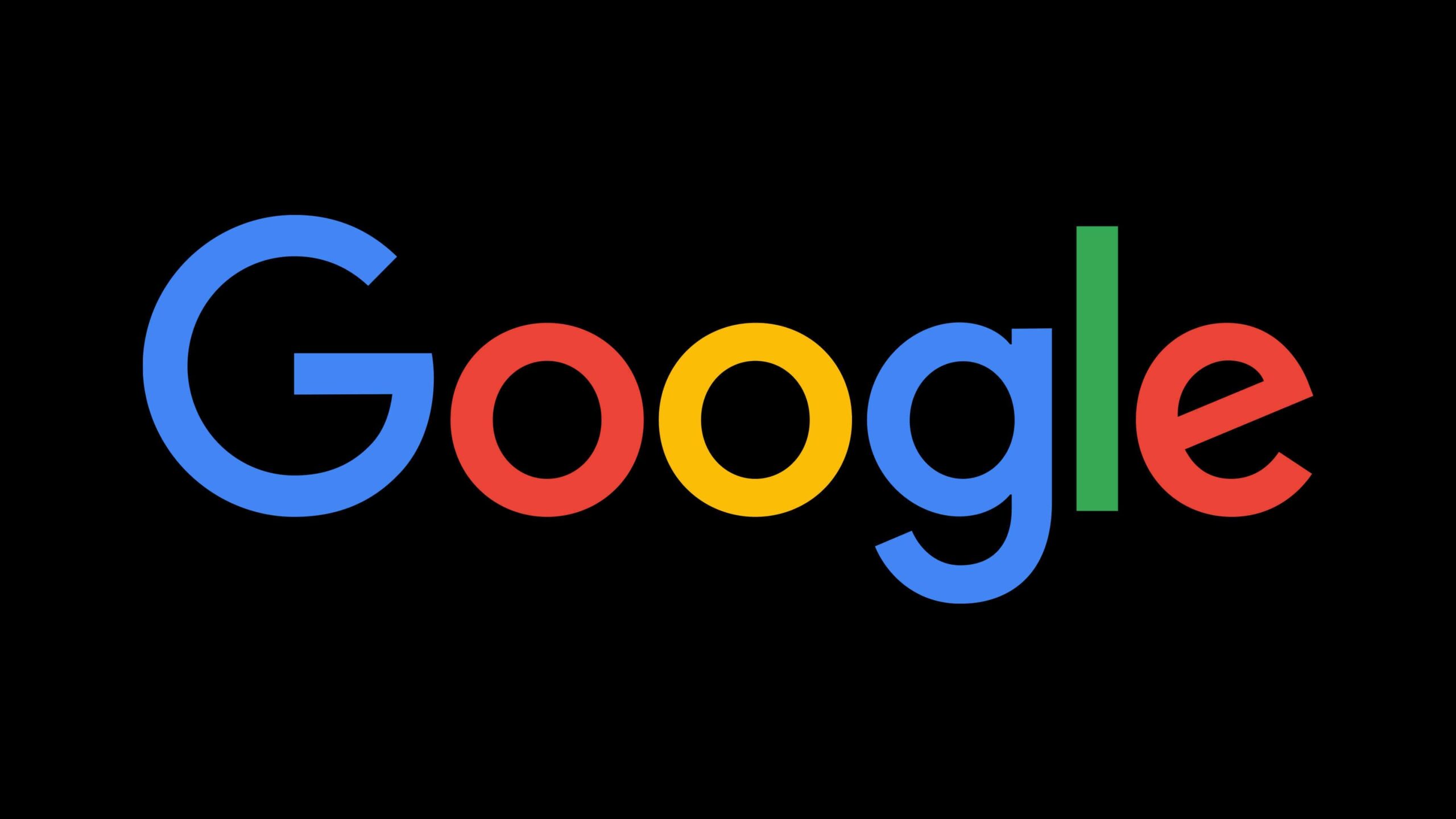
Google has introduced two key updates: a new 3-in-1 charging dock for Pixel devices and the Google Home Favorites widget on Android, designed to enhance convenience and control for users of smart technology.
Google’s 3-in-1 Charging Dock: Streamlined, But With Some Limitations
The Google Store now offers a Wasserstein 3-in-1 charging dock priced at $69.99, allowing users to charge a Pixel phone, Pixel Watch, and Pixel Buds simultaneously. This updated dock improves upon an earlier model, originally focused on Fitbit, by adding better support for Pixel Watch. However, it remains tethered to USB-C for power rather than adopting the more widely used Qi wireless charging standard.
Design and Compatibility
The new dock uses a combination of charging methods. The Pixel Watch or compatible Fitbit models charge using a magnetic pin-based system, while the Pixel phone and Pixel Buds rely on USB-C. Though effective, this setup seems somewhat dated, especially given the prevalence of Qi wireless charging in most Pixel devices, including Pixel Buds.
Google’s decision to stick with USB-C comes with certain advantages. USB-C charging is generally faster than Qi, particularly for devices like the Pixel Fold, Pixel A-series phones, and the Pixel Buds A-Series, which either lack Qi or are limited to slower wireless charging speeds (5W for some devices). Using USB-C can also result in less heat generation, extending the life of the devices being charged. Despite this, many users might find the absence of wireless charging a drawback, as wireless charging offers greater flexibility and convenience.
Availability and Alternatives
The 3-in-1 charging dock is available for purchase now on the Google Store. For those who prefer Qi wireless charging, third-party alternatives are also available. Additionally, Google offers a separate Pixel Watch charging stand made by Spigen for $25, which is compatible with both the Google Store and Amazon.
Google Home Favorites Widget: Customizable Smart Home Control
Another exciting release from Google is the new Google Home Favorites widget for Android. Initially announced in May, the widget is now available to all Android users running Android 12 or later, with no need to join Google’s Public Preview program. This tool provides users with fast, customizable control over their smart home devices and automations directly from their home screen.
Features and Customization
The Google Home Favorites widget is designed to give users easy access to smart home functions with a range of flexible layouts. The widget can take up an entire home screen page or be resized to a compact 2×1 format, depending on the user’s preferences. This flexibility makes it a handy tool for controlling multiple devices at once, including lights, blinds, and other smart home products.
Users can either mirror their Favorites tab from the Google Home app or manually select specific devices and actions to display in the widget. Once placed on the home screen, the widget’s layout can be adjusted by pressing and holding on it, then tapping the pencil icon to make further changes. For example, the widget automatically refreshes the status of connected devices every 30 minutes, ensuring the information displayed is always up to date.
Tapping on certain tiles, such as those for cameras, Wi-Fi, or thermostats, opens the respective device’s control page, providing detailed management options. However, for more sensitive tasks—like unlocking smart locks or opening garage doors—additional user authentication steps are required, adding a layer of security to these actions.
Expanding to iOS
Although Android users already have access to this widget, iOS users are currently limited to a test version available through Google’s Preview Program. As of Google Home version 3.24, Android users with devices running Android 12 and above can enjoy the full experience.
Conclusion: Enhancing the Pixel Ecosystem
Google’s latest hardware and software offerings are clear examples of its ongoing efforts to improve the user experience within its ecosystem. The 3-in-1 charging dock brings convenience to users with multiple Pixel devices, even though some might prefer a wireless charging solution. Meanwhile, the Google Home Favorites widget further strengthens Google’s smart home integration, providing a simple yet powerful way to control and manage smart devices from your Android phone.
With these updates, Google continues to cater to users who value both functionality and ease of use, whether they’re managing smart devices or powering up their Pixel products.
Google Meet gets a fresh new look with Material 3 design

Google Meet is getting a big update to its look, thanks to the new Material 3 design. This change brings a cleaner and more modern style to the video calling app, making it easier and more enjoyable to use.
With Material 3, Google Meet now has rounder buttons, softer colors, and better spacing between elements. The main controls, like the microphone, camera, and end call buttons, are now larger and easier to tap. The icons and text are also clearer, which helps users find what they need quickly during a call.
Another improvement is the new “expressive” color system. This feature lets the app’s colors match your device’s wallpaper or theme, giving each user a unique and personalized experience. The changes also make Google Meet more accessible, as the new design is easier to read and use for everyone, including people with vision difficulties.
These updates are rolling out to both web and mobile versions of Google Meet. Google says the new look will help people feel more comfortable and focused during their meetings. Overall, the Material 3 update makes Google Meet not only look better but also work better for all its users.
Android
Easy ways to change Android Auto’s look with light and dark themes
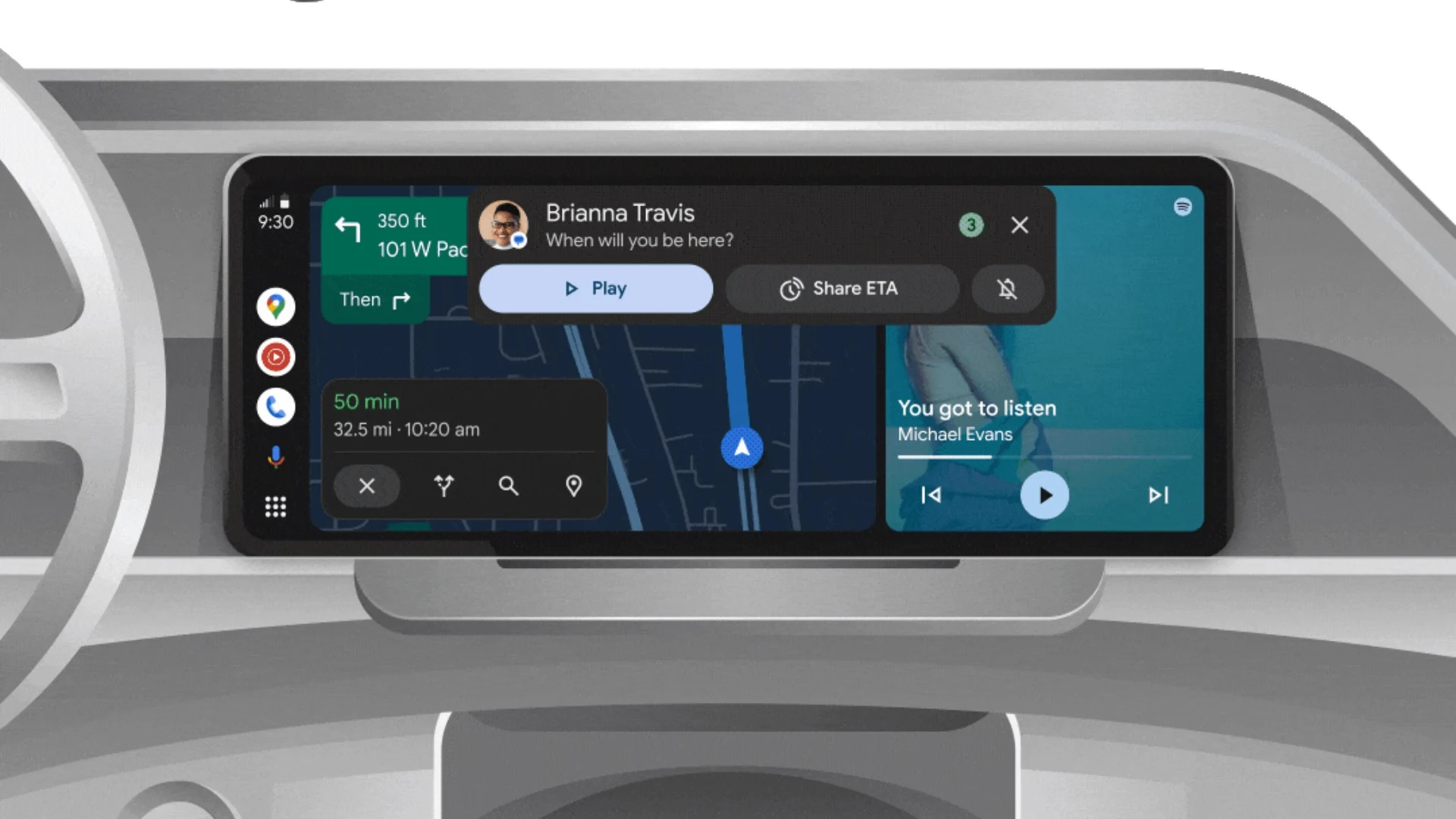
Android Auto is a helpful tool that lets you use your phone’s apps safely while driving. It connects your phone to your car’s screen, making it easier to use maps, music, and calls. One of the features many people like is the ability to change how Android Auto looks by switching between light and dark themes.
How to switch between light and dark themes
Android Auto offers two main themes: light and dark. The light theme uses brighter colors, which can make the screen easier to see during the day. The dark theme uses darker colors, which can be more comfortable for your eyes at night or in low light.
To change the theme, follow these steps:
- Open the Android Auto app on your phone.
- Go to the settings menu.
- Find the “Theme” option.
- Choose between “Light,” “Dark,” or “Set by car” (this lets your car decide the theme based on the time of day or your car’s settings).
Why themes matter
Using the right theme can make driving safer and more comfortable. The light theme is good for bright days, while the dark theme helps reduce glare at night. Having these options means you can pick what works best for you, making Android Auto easier to use in any condition.
In short, Android Auto’s theme options are simple to use and help you drive more safely by making the screen easy to see, no matter the time of day.
Google Drive and Files by Google get fresh updates for easier use
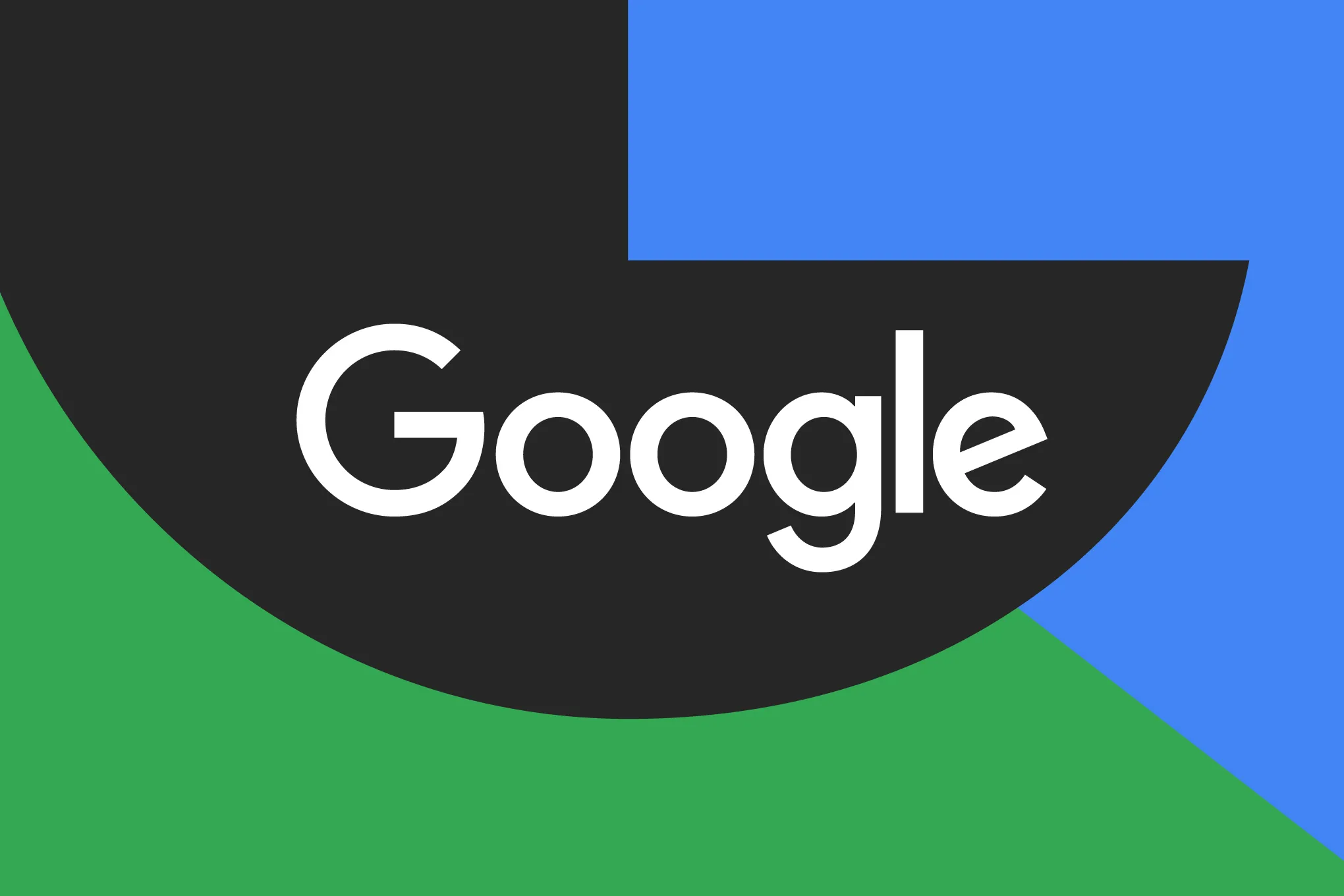
Google is rolling out some helpful updates to two of its popular apps: Google Drive and Files by Google. These changes are designed to make managing your files and watching videos much smoother.
First, Google Drive is getting a new video player. Now, when you upload a video to Drive and open it, you’ll notice a fresh look that matches Google’s latest design style. The controls, like play and pause, are easier to use and look cleaner. This update makes it simpler to watch videos directly in Drive without needing to download them first.
Meanwhile, the Files by Google app is also getting a makeover. The app is adopting Google’s Material 3 design, which means it looks brighter and more modern. The buttons and menus are easier to see and use, making it simpler to find, move, and organize your files. There are also new color options and improved icons, so everything feels more user-friendly.
Both updates show Google’s commitment to making its apps more helpful and enjoyable to use. Whether you’re watching videos in Drive or sorting files on your phone, these changes aim to save you time and make things less complicated. If you use these apps, keep an eye out for these new features—they should arrive soon!
-
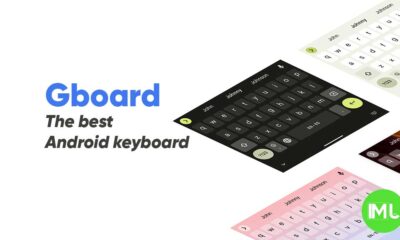
 Apps1 year ago
Apps1 year agoGboard Proofread feature will support selected text
-
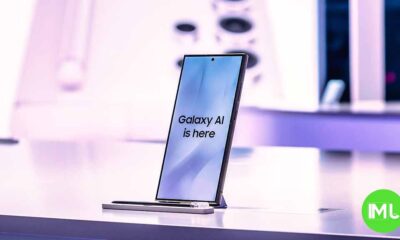
 News1 year ago
News1 year agoSamsung USA crafting One UI 6.1.1
-

 Apps12 months ago
Apps12 months agoGoogle Contacts app testing new Besties Widget
-
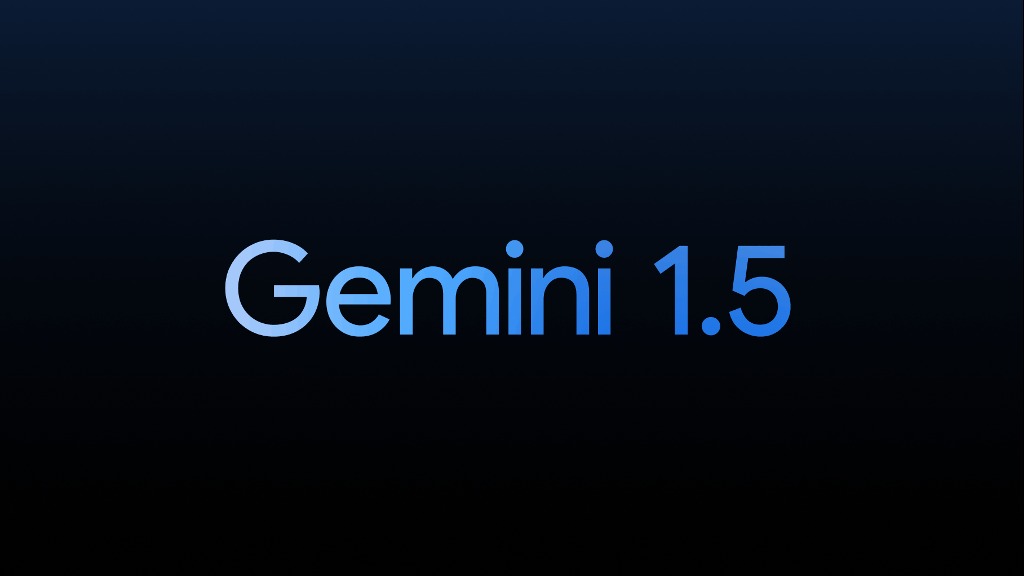
 AI12 months ago
AI12 months agoGoogle Pixel 9 Pro may come with a complimentary one-year Gemini Advanced subscription
-

 News1 year ago
News1 year agoBreaking: Samsung Galaxy S22 may get Galaxy AI features
-
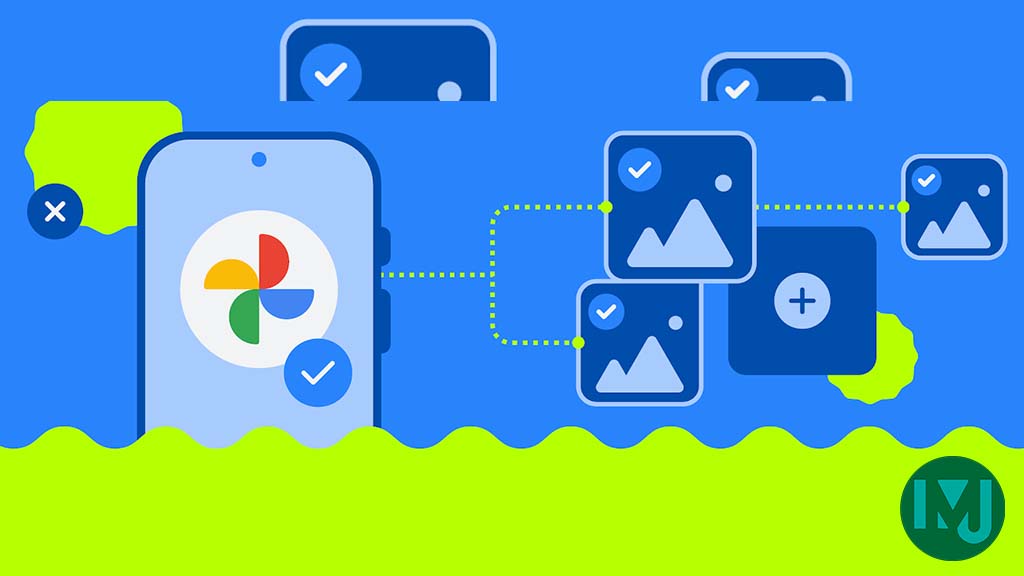
 Apps12 months ago
Apps12 months agoGoogle working on a new video editing feature for its Photo app
-
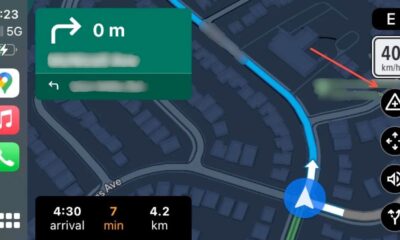
 Apps12 months ago
Apps12 months agoGoogle Maps lets you report traffic jams and accidents on Apple CarPlay, but not on Android Auto
-
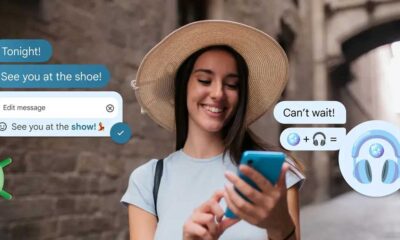
 Apps12 months ago
Apps12 months agoGoogle Messages app will transform MMS chats into RCS

